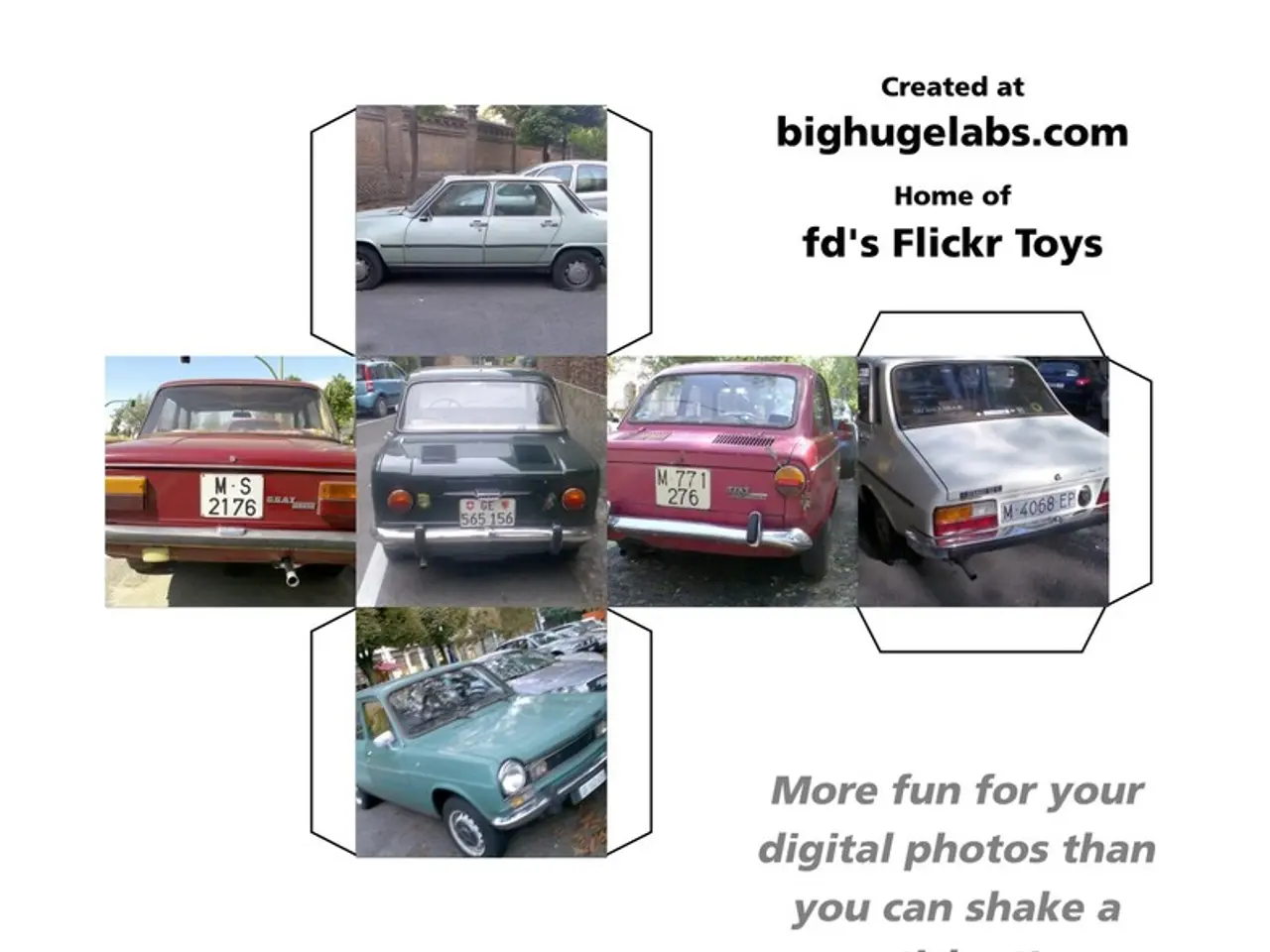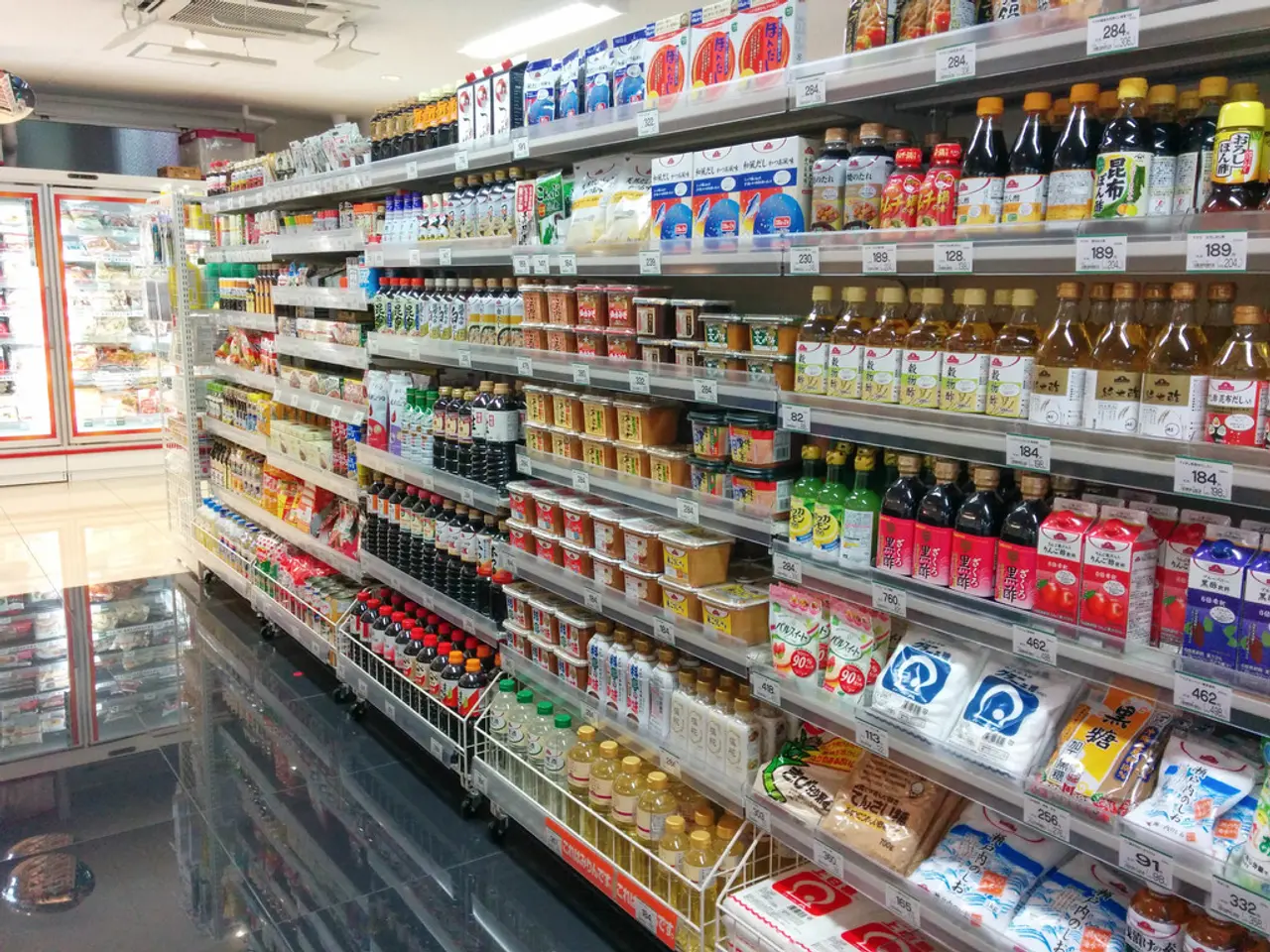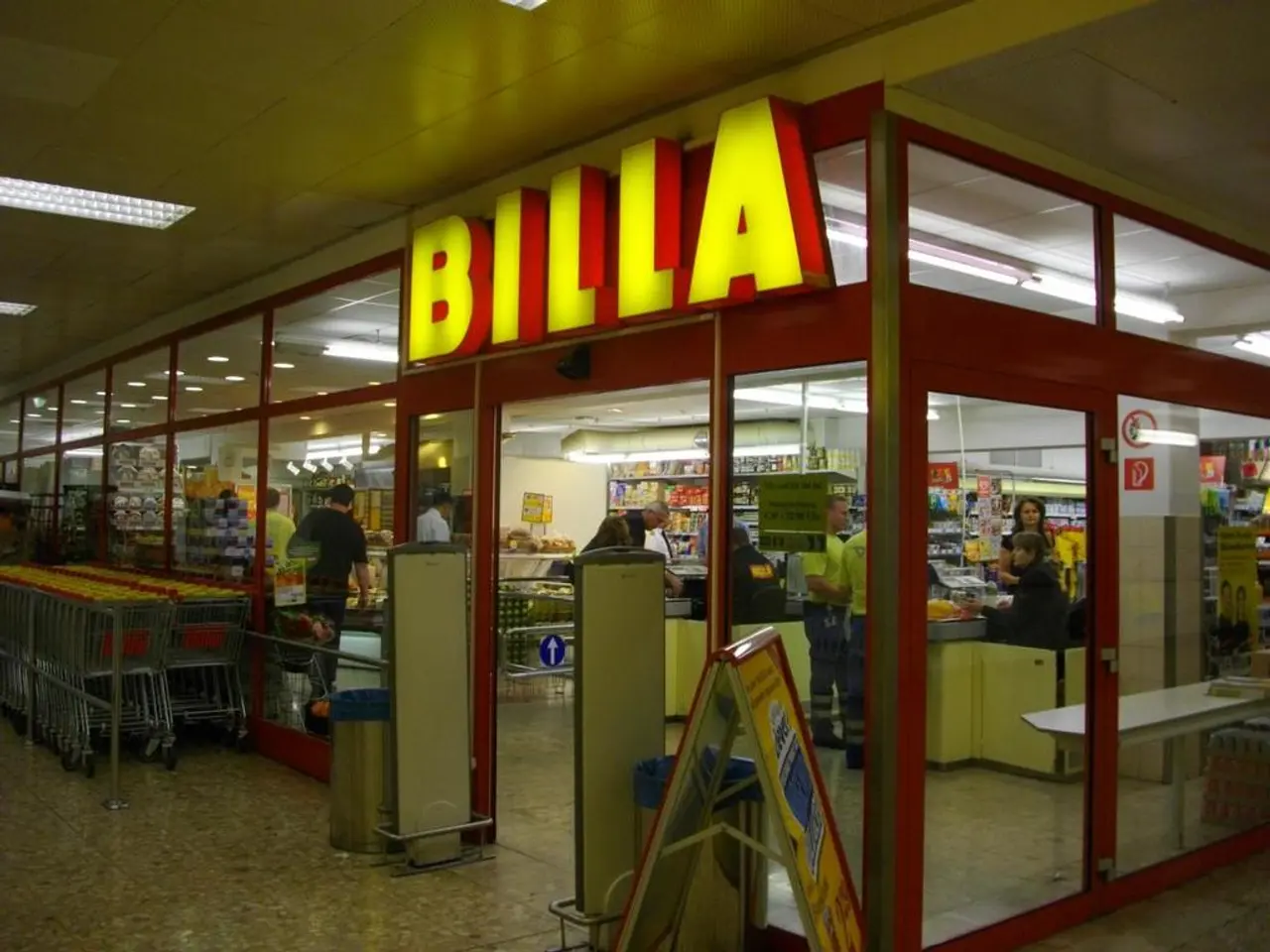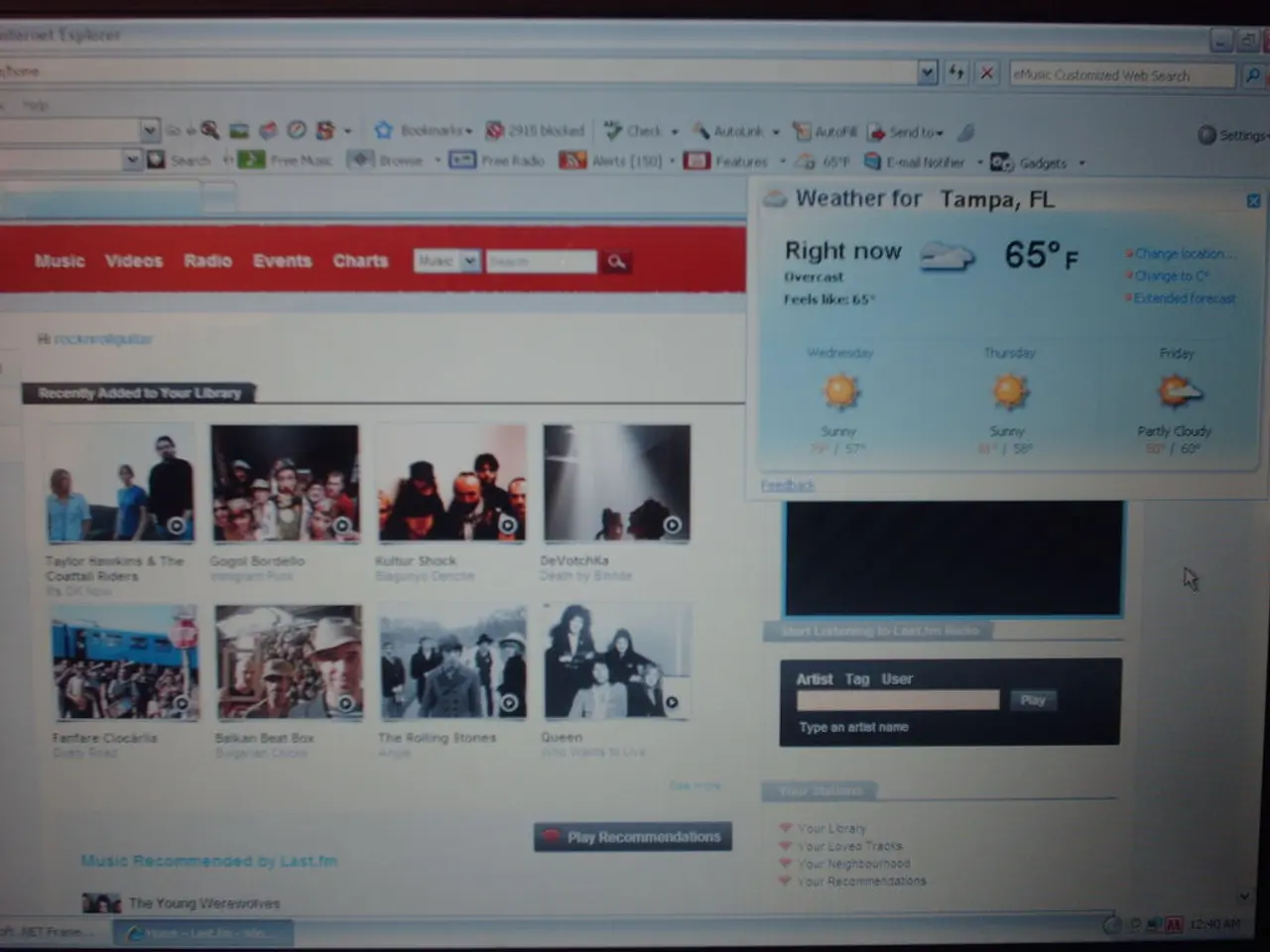Streamlined autonomy vehicle exemption process advances, Fortifying Tesla Cybercab development prospects
The United States National Highway Traffic Safety Administration (NHTSA) has recently announced an update to its Automated Vehicle (AV) Framework, effective from June 13, 2025. This update aims to streamline the Part 555 exemption process, making it more efficient and adaptable for self-driving vehicles [1][2][3].
Under the new framework, manufacturers can produce and sell up to 2,500 vehicles per year without traditional driver controls such as steering wheels, pedals, or mirrors, provided they demonstrate an equivalent level of safety to Federal Motor Vehicle Safety Standard (FMVSS) compliant vehicles and show that the exemption is in the public interest [1][2][3].
The NHTSA's approach includes accelerated and more transparent exemption processing, reducing the lengthy delays and red tape that previously slowed AV innovation and deployment [2][3]. Furthermore, enhanced guidance and engagement with applicants will ensure complete, accurate, and timely exemption filings [2][3].
In addition, the NHTSA is modernising FMVSS standards to be more compatible with automated vehicles, with Part 555 exemptions serving as an interim mechanism to support innovation and commercial deployment [1][2][3]. Updated crash reporting requirements mandate companies to report serious crashes involving automated driving systems within five days if airbags deploy, improving safety oversight [1].
The update is particularly promising for Tesla, as the company is preparing to roll out its autonomous vehicle, the Cybercab, which would feature no traditional driver controls. The streamlined exemption process enables Tesla to deploy up to 2,500 Cybercabs annually without traditional manual controls if Tesla demonstrates that Cybercab meets equivalent safety standards [1][2].
The new framework also accelerates the Cybercab’s commercial launch timeline by avoiding previous lengthy approval bottlenecks, enabling faster market entry to compete with other AV developers [2][3]. Additionally, operating with enhanced regulatory clarity and transparency from NHTSA reduces administrative uncertainties that might otherwise delay or complicate deployment plans [2][3].
However, the impact of the new AV Framework will depend on manufacturers' adaptation to the new instructions and NHTSA's handling of oversight in practice. Tesla will be subject to robust crash reporting requirements, which might increase accountability and public trust but also require Tesla to maintain rigorous safety standards and compliance monitoring [1].
In summary, the June 2025 NHTSA AV Framework update fundamentally removes key regulatory hurdles and clarifies safety and reporting expectations, thus advancing Tesla’s ability to commercially deploy the Cybercab at scale with autonomous capabilities beyond traditional driver controls. This aligns with the agency’s goal of fostering innovation while ensuring safety in automated vehicle rollout [1][2][3][4].
References: [1] National Highway Traffic Safety Administration (NHTSA). (2025). Automated Vehicles 4.0: A Vision for Safety. Washington, D.C.: U.S. Department of Transportation. [2] National Highway Traffic Safety Administration (NHTSA). (2025). Fact Sheet: Automated Vehicles 4.0. Washington, D.C.: U.S. Department of Transportation. [3] National Highway Traffic Safety Administration (NHTSA). (2025). Automated Vehicles 4.0: Policy on Function-Specific Safety Assessment (FSSA). Washington, D.C.: U.S. Department of Transportation. [4] National Highway Traffic Safety Administration (NHTSA). (2025). Letter to Automotive Manufacturers Regarding the Automated Vehicles 4.0 Framework. Washington, D.C.: U.S. Department of Transportation.
The updated NHTSA AV Framework effective from June 13, 2025, opens opportunities for finance and transportation industries, as it allows automotive manufacturers like Tesla to produce and sell autonomous vehicles without traditional driver controls, such as the Cybercab, provided they meet equivalent safety standards [1][2]. With the streamlined exemption process, technology companies can innovate and deploy self-driving vehicles more efficiently, contributing to the growth of the automotive and finance sectors [1][2].




